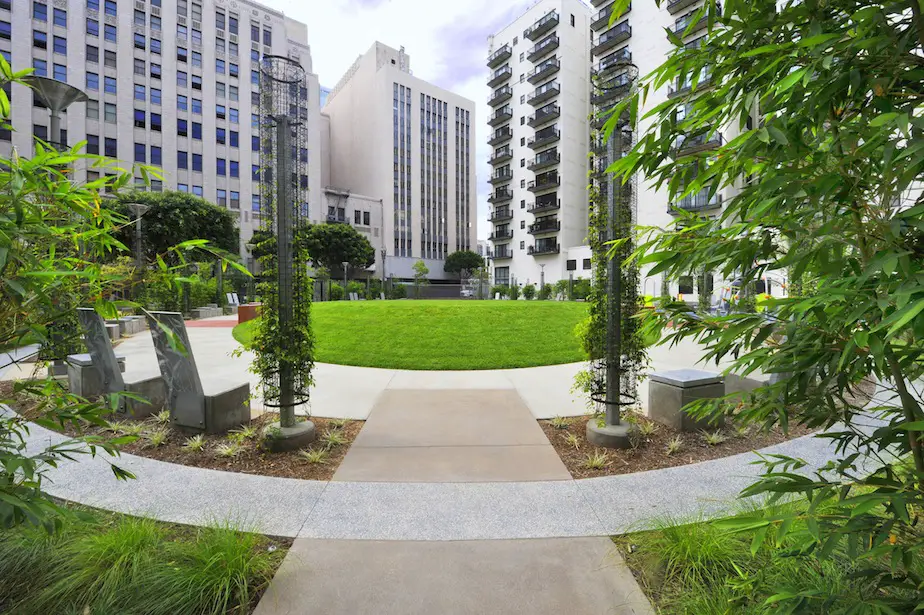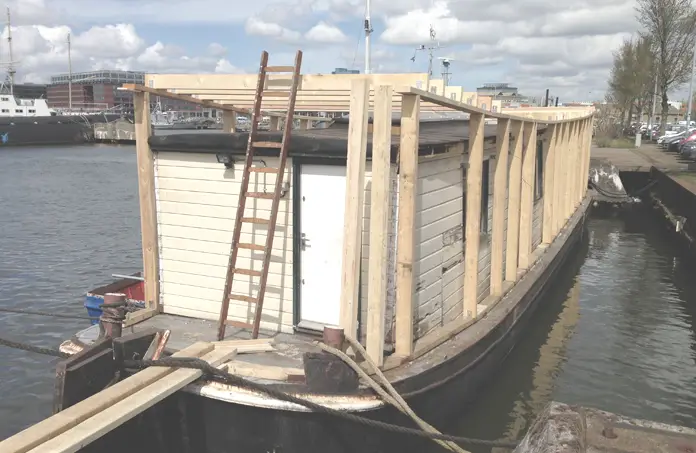While much of America’s southwest and inter-mountain west has been battling blazing forest fires, Magdalena, New Mexico faces a less spectacular but equally fearsome crisis: a municipal water system no longer capable of delivering potable water to the village’s 938 people. Since early June, Magdalena residents have been living on rationed bottled water and waiting on a daily parade of trucks to roll down the highway and deliver potable water thousands of gallons at time. The trucks deliver enough water to conservatively recharge the most basic daily needs of the village, but not enough to allow swamp coolers to run or baths to be drawn. A combination of systemic mismanagement, historic drought, and infrastructure disrepair led to the collapse of Magdalena’s municipal well.
According to reports by the Las Cruces Sun-News, the area’s water table has dropped 20 feet since January, falling below the well’s minimum intake level. Now, on the worst of days, residents must boil what little water they can get from their taps and use publicly installed porta-potties in lieu their own home’s restrooms. The state has approved an emergency permit to drill a second, deeper municipal well, but in the meantime residents and local business rely on water delivered from other central New Mexico cities—many of which face their own long term water crisis.
Magdalena is not an isolated story. After three years of extreme drought and the state’s driest decade in sixty years, water shortages are becoming a harsh reality for many communities across New Mexico. As recently as June 29th, the Ruidoso Free Press announced that the small mountain village of Cloudcroft “will start receiving trucked in water shipments…due to faltering well and spring water production.” Las Vegas, a city of almost 15,000 in state’s northeast region, has been dealing with the threat of shortage for over two years. In response, the local government passed a Drought Contingency and Emergency Action Plan. The short governing document sets milestones for measuring escalating stages of drought and assigns mandatory consumption and conservation actions to each stage.
Local government action plans, with their policies grounded in the sobering consequences of water shortage, are a pragmatic and necessary interim step, but taken together they will not solve statewide inadequacies in water management and adaptation exposed by newspaper headlines and predicted trends in climate change.
State level officials have begun positioning themselves ahead of the looming water crisis. U.S. Senator Tom Udall (D-NM), in partnership with New Mexico State University, published Hard Choices: Adapting Policy and Management to Water Scarcity in 2012. The report details a number of cross-disciplinary policy prescriptions, including reforms to a century’s old water rights system, advanced investment in research and monitoring technologies, brackish water desalination, increased infrastructure maintenance funding, conservation standards, and changes to agriculture and large-scale irrigation. Interestingly, despite irrigated agriculture accounting for the lion’s share of statewide water withdrawals (roughly 77%), the report spends far less than 77% of its word count addressing the agriculture industry.
Unfortunately, Magdalena faces a different kind of crisis than the one debated by legislators, scientists, and academics. Their water shortage is visceral and immediate, an emergency management crisis demanding instantaneous sacrifice, not incremental planning and long-term adaptation. When the sun dries out the sky and rain is more memory than forecast, they no longer have the luxury to debate the nebulous topics of water rights and statewide policy. Indeed, they are busy enough just trying to survive, which they do for now by waiting, by cutting back and conserving wherever possible, and by watching the highway for water trucks.
As for the rest of us, we survive by assuming Magdalena’s crisis will never be our own. And that might prove a costly assumption to make. The more we can shift the burden of the looming water crisis from short-term emergency management to long-term planning, the better off our cities and towns will be.
Adapting to a drier, hotter southwest necessitates making tough, future-oriented decisions in an era of uncertainty and change. For Magdalena, a deeper well expedited through the state engineer’s office may solve water shortage a month from now, but it won’t make it rain. What happens five or ten years down the road? What happens when water scarcity begins to impact not just the dusty rural towns of New Mexico but also the sprawling suburbs of its growing metro areas? When the prioritized expenditure of state emergency funding and limited water reserves demands a cost/benefit analysis, how will the rural compete with the urban?
If you are a state legislator representing Magdalena, Cloudcroft, or Las Vegas, these may be the kind of questions that someday keep you up at night. However, if you are a resident of these communities, they’re the kind of questions that already do.
Photo: Maddy Baker


